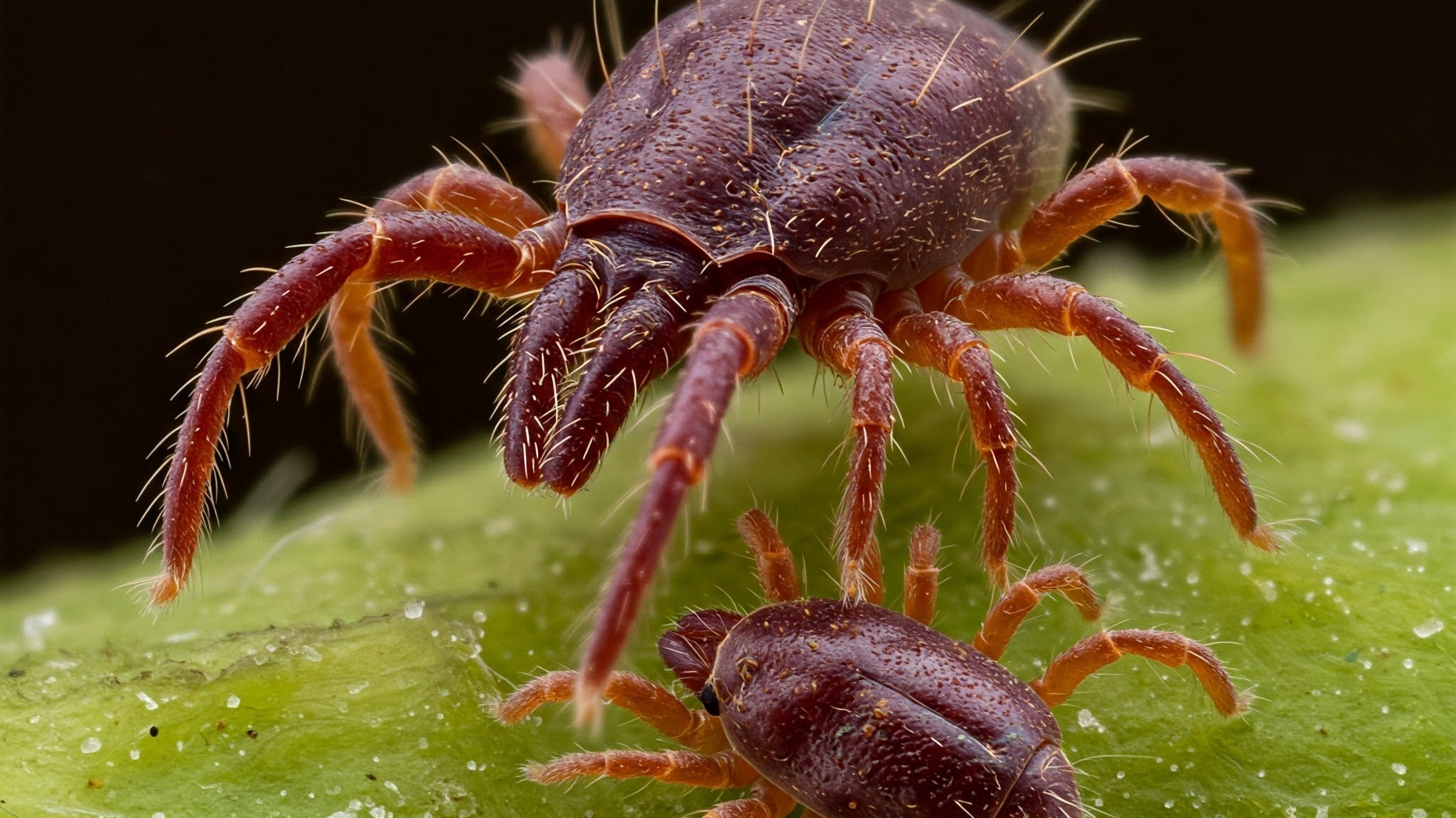Fly Exterminators
Tiny Assassins for Big Fly Problems
Forget sprays and sticky traps—Fly Exterminators take a smarter approach. These tiny parasitic wasps target fly pupae at the source, interrupting the life cycle before flies ever take off. No buzzing. No biting. Just quiet, behind-the-scenes control.
Each release contains a powerful trio of natural enemies:
Muscidifurax raptorellus, Muscidifurax zaraptor, and Spalangia cameroni. These 1–3mm nocturnal parasitoids specialize in finding fly pupae in manure, compost, and other organic hot spots. They don’t bother animals, people, or plants—just flies.
Targets:
-
House flies
-
Stable flies
-
Horse flies
-
Other common manure-breeding flies
Note: Slightly less effective against false stable flies, face flies, horn flies, and flesh flies due to wider-ranging breeding behavior.
Why Use Fly Exterminators?
-
Natural & safe. No chemicals. No harm to animals, pets, or plants.
-
Breaks the cycle. Targets the pupal stage before flies can emerge.
-
Discreet & effective. You’ll never notice them—until you notice fewer flies.
-
Ideal for: Barns, stables, kennels, chicken coops, compost piles, septic areas, and garbage zones.
How to Use
-
Start early. Begin releasing at the first sign of warming weather—don’t wait for flies to explode.
-
Apply monthly. Release every 3–4 weeks during the fly season for consistent pressure.
-
Focus on breeding sites. Spread near manure piles, compost, and damp organic matter—not in water, but near it.
-
Protect from predators. Release in spots birds and rodents can’t immediately reach.
Release Instructions
-
Store in a cool, dry spot
-
Release within 24 hours of arrival for best results
-
If needed, hold at 45–55°F and use within 1–3 days
Pro Tips
-
Keep it clean. Sanitation boosts effectiveness—less mess, fewer flies
-
Avoid pesticides. Broad-spectrum insecticides will harm your beneficials
-
Track trouble spots. Adjust release zones as needed—especially after weather changes or heavy manure loads
Results You Can Expect
-
Noticeable reductions within 2–3 weeks
-
Sustained suppression with regular monthly releases
-
Long-term savings from reduced need for chemical treatments
Too Many Options?
We get it. Try our mite/insect matchmaking quiz and instantly get matched to the solutions you may need.
Mite Matters
Optimizing Pest Management in Cannabis Flowering Using Predatory Mites
How to Treat Snake Mites Naturally with Predatory Mites
The Beginner's Guide to Predatory Mites
Predatory mites are the unsung heroes of plant care, working behind the scenes to protect your plants from destructive pests. Unlike chemical treatments, they offer a natural, self-sustaining solution that requires minimal effort on your part. Whether you’re preventing an infestation or fighting off an active one, these microscopic allies get the job done efficiently and effectively.









